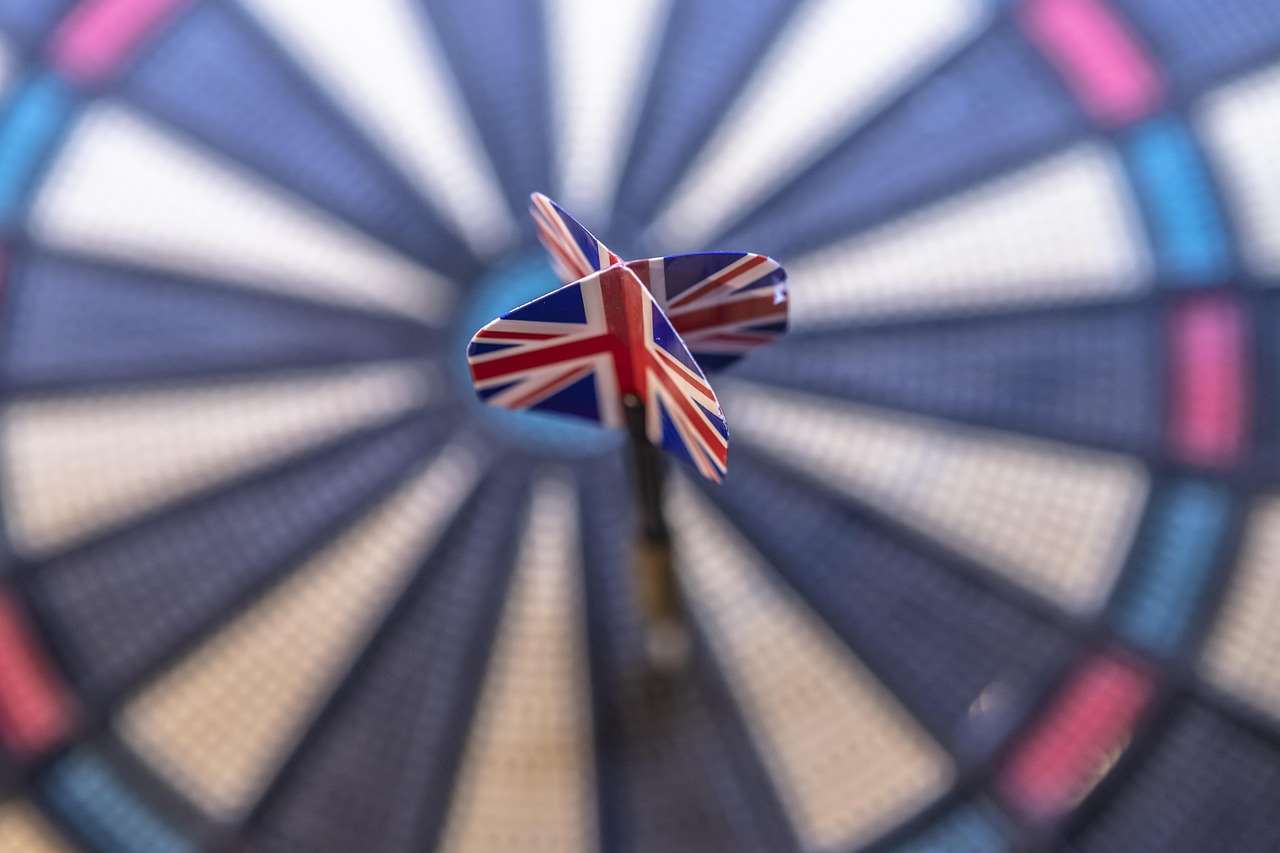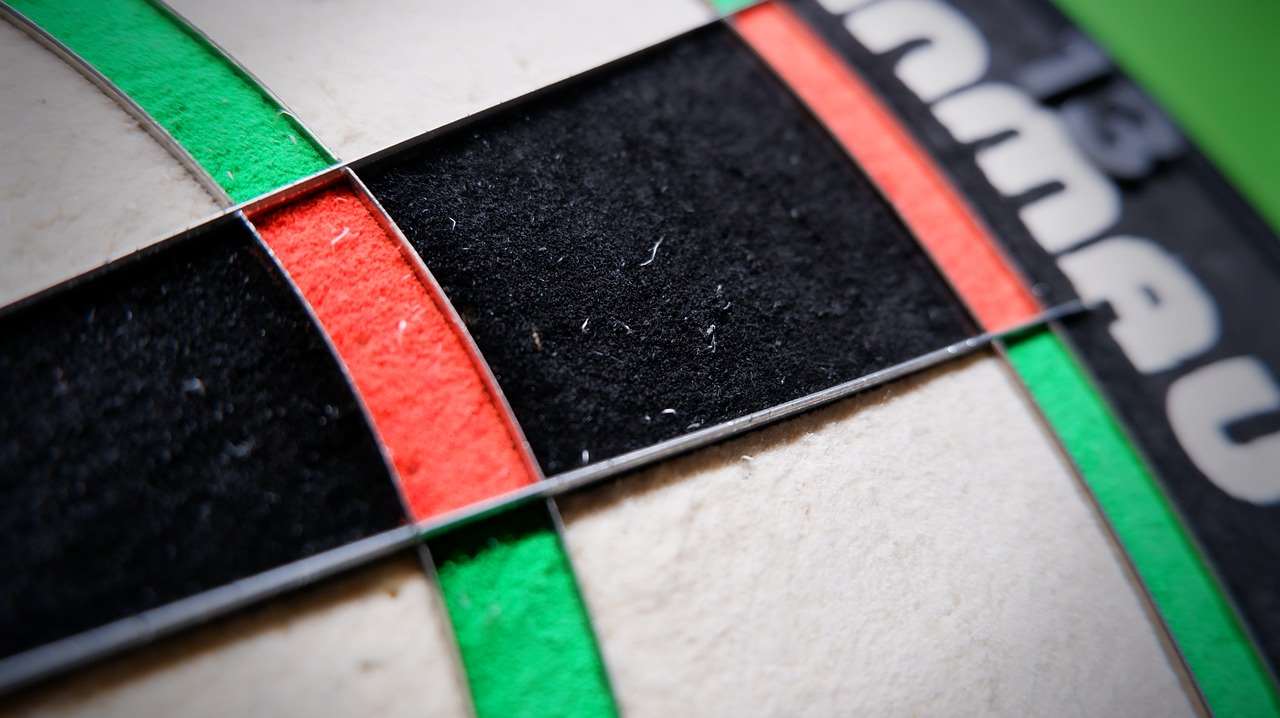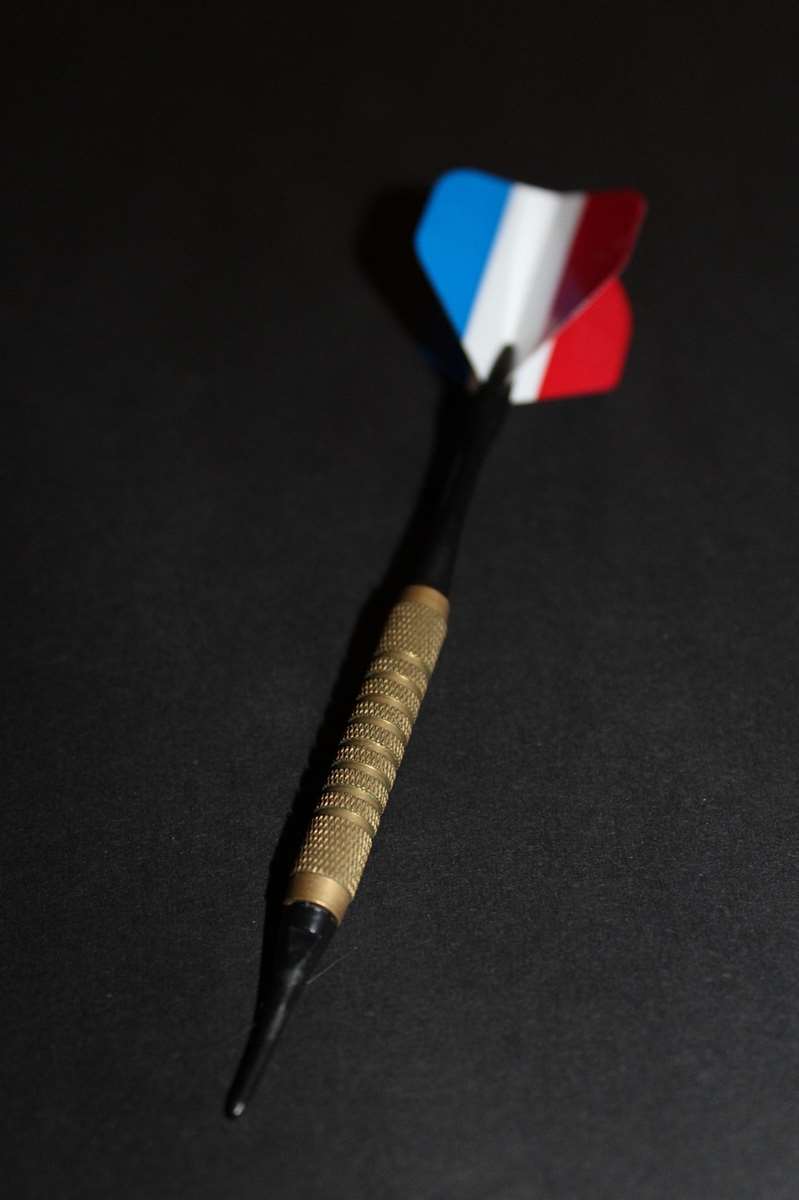Want to elevate your local game? Mastering the art of **pub darts** is more than just throwing pointy objects; it’s about strategy, precision, and a whole lot of fun. This guide will walk you through everything from setting up your dartboard to perfecting your throwing technique and understanding common game variations.
⚠️ Still Using Pen & Paper (or a Chalkboard)?! ⚠️
Step into the future! The Dart Counter App handles all the scoring, suggests checkouts, and tracks your stats automatically. It's easier than you think!
Try the Smart Dart Counter App FREE!Ready for an upgrade? Click above!
Setting Up Your Pub Darts Arena
Before you can even think about hitting that perfect 180, you need to ensure you have a proper setup. This involves the right dartboard, the correct measurements, and adequate lighting. A poorly set up **pub darts** space can drastically affect your game and overall enjoyment.
Dartboard Placement: The Crucial Measurements
The official height of the dartboard is measured from the floor to the center of the bullseye. This should be 5 feet 8 inches (1.73 meters). The throwing distance, also known as the oche, is 7 feet 9 1/4 inches (2.37 meters) from the face of the dartboard. It’s essential to get these measurements right for a fair and consistent game of **pub darts**.
Choosing the Right Dartboard: Sisal is King
When it comes to dartboards, sisal boards are the industry standard. They are made from tightly packed fibers that allow the darts to penetrate easily while also self-healing when the dart is removed. Avoid cheap paper or plastic boards, as they will wear out quickly and provide an inconsistent playing experience. Look for a **high-quality dartboard** with thin wire dividers, sometimes referred to as a dart board without staples. This reduces bounce-outs and improves scoring. You might be able to find a good outdoor dartboard as well.

Lighting Your Board: Eliminating Shadows
Proper lighting is critical for **pub darts**. Shadows can make it difficult to see the board clearly, affecting your accuracy. Ideally, you want a circular light fixture that surrounds the dartboard, providing even illumination. Alternatively, you can use two spotlights positioned above and to the sides of the board to minimize shadows. Don’t underestimate the importance of good lighting; it can significantly improve your game.
Mastering the Throw: Technique and Tips for Pub Darts
Having the right setup is only half the battle. To truly excel at **pub darts**, you need to develop a solid throwing technique. This involves stance, grip, arm movement, and follow-through. Practice is key, but understanding the fundamentals will accelerate your progress.
Stance: Finding Your Balance
Your stance should be comfortable and balanced. Most players stand with one foot forward, pointing towards the board, and the other foot slightly behind for support. Experiment to find what feels most natural to you. The key is to be stable and avoid swaying during your throw. Proper weight distribution is crucial for accuracy in **dart throwing**.
Grip: Finding What Works for You
There’s no one-size-fits-all grip in **pub darts**. Some players prefer a firm grip, while others opt for a looser hold. Experiment with different grips to find what gives you the best control and consistency. Focus on holding the dart in a way that allows for a smooth release. The most common grip involves using your thumb and index finger to hold the dart, with the other fingers providing support.

Arm Movement: Smooth and Controlled
Your arm movement should be smooth and controlled, like a pendulum swinging back and forth. Avoid jerky or erratic movements, as they can throw off your accuracy. Keep your elbow steady and focus on using your forearm to propel the dart forward. Visualize your target and release the dart at the peak of your swing. Many professionals also use a **consistent pre-throw routine** to help them find their rhythm.
Follow-Through: Completing the Motion
Follow-through is an essential part of the throwing motion. After releasing the dart, continue your arm movement towards the target. This helps to ensure a consistent release point and improves accuracy. Imagine pointing your finger at the target after you release the dart. A good follow-through in **pub darts** can make all the difference.
Understanding the Games: 501 and Around the Clock
**Pub darts** isn’t just about throwing darts; it’s about playing games. The two most popular games are 501 and Around the Clock. Understanding the rules and strategies of these games will significantly enhance your **pub darts** experience. It’s also helpful to download a Digital dart score app to help you keep track of your progress and scores. You can also check on the darts line up tonight on tv live!
501: The Classic Game
501 is the most common game played in **pub darts**. Each player starts with 501 points and must reduce their score to zero by throwing darts. The catch is that you must finish on a double – meaning your last dart must land in a double segment of the board. Strategy is key in 501, as you need to plan your throws to set yourself up for a double finish. The strategy when you are thinking about how many darts to checkout 99 is important as well.
Around the Clock: Accuracy Training
Around the Clock, also known as “Around the World,” is a great game for improving your accuracy. The goal is to hit each number on the board in sequence, starting with 1 and ending with 20 (or sometimes the bullseye). You can play this game with specific rules, such as requiring a single, double, or triple to advance to the next number. This game is perfect for honing your skills and becoming more consistent with your throws.

Game Variations: Adding Some Spice
Beyond 501 and Around the Clock, there are numerous other game variations you can play in **pub darts**. These include Cricket, Shanghai, and Killer, each with its own unique rules and challenges. Experimenting with different game variations can keep things interesting and help you develop different aspects of your game. For example, Cricket involves claiming numbers and scoring points by hitting them more than your opponent.
Essential Pub Darts Equipment: Beyond the Board
While the dartboard is the centerpiece, there’s other essential equipment you’ll need for a complete **pub darts** setup. This includes darts, flights, shafts, and a dartboard surround. Choosing the right equipment can significantly impact your performance and enjoyment.
Choosing Your Darts: Weight and Material
Darts come in a variety of weights and materials. The weight of the dart is a matter of personal preference, but most players use darts in the range of 22-26 grams. Tungsten darts are more expensive but are also more durable and allow for a slimmer barrel, which can improve grouping. Brass darts are a more affordable option but are less durable and tend to be bulkier. Consider the darts triple twenty to improve your game!
Flights and Shafts: Customizing Your Throw
Flights and shafts are the components of the dart that affect its flight path and stability. Flights come in various shapes and sizes, each affecting the dart’s aerodynamics differently. Larger flights provide more stability, while smaller flights offer more speed. Shafts also come in different lengths and materials, affecting the dart’s balance and trajectory. Experiment with different combinations of flights and shafts to find what works best for your throwing style.

Dartboard Surround: Protecting Your Walls
A dartboard surround is a must-have accessory for any **pub darts** setup. It’s a protective ring that surrounds the dartboard, preventing stray darts from damaging your walls. Surrounds are typically made of soft material like foam or rubber, which absorbs the impact of the darts. Investing in a dartboard surround is a small price to pay for protecting your walls and ensuring a safe playing environment.
Etiquette and Sportsmanship in Pub Darts
**Pub darts** is a social game, and good etiquette and sportsmanship are essential for creating a positive and enjoyable atmosphere. This includes respecting your opponents, avoiding distractions during their throws, and being gracious in both victory and defeat.
Respecting Your Opponents
Treat your opponents with respect, regardless of their skill level. Avoid making disparaging remarks or engaging in disruptive behavior. Remember that everyone is there to have fun, and a positive attitude can go a long way. Don’t celebrate excessively after every throw, especially if your opponent is struggling.
Avoiding Distractions
During your opponent’s throws, avoid making unnecessary noise or movements that could distract them. Stand still and remain silent until they have completed their throw. This shows respect for your opponent and allows them to focus on their game. Some people are so good, they practice darts blind 180!

Gracious in Victory and Defeat
Whether you win or lose, be gracious. Avoid gloating or boasting after a victory, and don’t make excuses or blame others after a defeat. Acknowledge your opponent’s skill and offer a sincere handshake. Remember that **pub darts** is a game, and the most important thing is to have fun and enjoy the company of your fellow players. Even looking at target darts harlow photos can help to build up your strategy.
Conclusion
Mastering **pub darts** is a journey that combines proper setup, technical skill, strategic thinking, and good sportsmanship. By understanding the fundamentals outlined in this guide, you can elevate your game and enhance your enjoyment of this classic pub pastime. Remember to focus on your stance, grip, and throwing motion, and practice regularly to improve your accuracy and consistency. So, grab your darts, gather your friends, and get ready to experience the thrill of **pub darts**! Now that you’re equipped with this knowledge, head to your local pub, show off your skills, and become a **darts** champion!
Hi, I’m Dieter, and I created Dartcounter (Dartcounterapp.com). My motivation wasn’t being a darts expert – quite the opposite! When I first started playing, I loved the game but found keeping accurate scores and tracking stats difficult and distracting.
I figured I couldn’t be the only one struggling with this. So, I decided to build a solution: an easy-to-use application that everyone, no matter their experience level, could use to manage scoring effortlessly.
My goal for Dartcounter was simple: let the app handle the numbers – the scoring, the averages, the stats, even checkout suggestions – so players could focus purely on their throw and enjoying the game. It began as a way to solve my own beginner’s problem, and I’m thrilled it has grown into a helpful tool for the wider darts community.